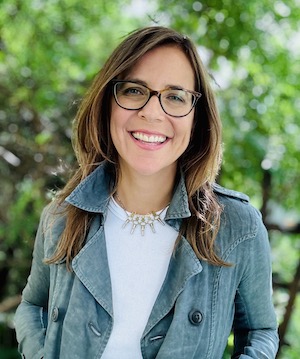Is bamboo really full of bologna?
September 16, 2012
 So after our big Lousy Labels: Home Edition episode on CBC Marketplace I’ve been getting a lot of emails and questions from readers asking me if bamboo is really, well, full of bologna. Truth is, it’s complicated. The short answer is solid bamboo wood (the kind used in flooring) is perfectly fine, for the most part, unless it’s bound together with formaldehyde-releasing glues (which is common in the flooring world), especially if that bamboo comes from Forest Stewardship Council-certified forests. An example of one such bamboo flooring (FSC-certified and formaldehyde-free) is Plyboo. Canadian-based Silkroad flooring is certified EcoLogo to be ultra low in formaldehyde.
So after our big Lousy Labels: Home Edition episode on CBC Marketplace I’ve been getting a lot of emails and questions from readers asking me if bamboo is really, well, full of bologna. Truth is, it’s complicated. The short answer is solid bamboo wood (the kind used in flooring) is perfectly fine, for the most part, unless it’s bound together with formaldehyde-releasing glues (which is common in the flooring world), especially if that bamboo comes from Forest Stewardship Council-certified forests. An example of one such bamboo flooring (FSC-certified and formaldehyde-free) is Plyboo. Canadian-based Silkroad flooring is certified EcoLogo to be ultra low in formaldehyde.
As for fabrics, the short answer is: making rayon, any rayon (whether regular rayon or bamboo rayon), involves a lot of chemicals (namely very polluting carbon disulphide, a reproductive toxin). Now bamboo rayon is greener than regular rayon (because chopping down fast-growing bamboo is greener than chopping down the trees you need for regular rayon) but it still uses the same polluting chems to make that bamboo soft.
Is bamboo rayon as green as organic cotton or greenest of all, hemp? No. Is it greener than polyester/acrylic/nylon/spandex/other petroleum-based fabrics? Yes. Compare it to toxic pesticide-laced conventional cotton (sometimes called the world’s “dirtiest crop” because it uses incredible quantities of insecticide) and it should win out too. But we expect more from our green fabrics….
Still, not all bamboo is created equal!
Tips for picking a greener bamboo fabric:
- Some bamboo manufacturers are borrowing cleaner processing techniques from Tencel/lyocell. Tencel/lyocell uses gentler solvents and closed loop techniques (which means they recover/recycle 99% of its chemicals). Some bamboo makers are also using certified organic bamboo to prove that the bamboo was harvested sustainably. Others get Oeko Tex 100 certified to prove that the final fabric/item of clothing isn’t sprayed with a chemical like formaldehyde (it does NOT mean that no chemicals were used to process the fabric itself).
- Look for brands that say they use closed loop bamboo rayon like Canadian eco clothing designer Miik, which also uses certified organic bamboo that’s Oeko Tex 100 certified. Other “closed loop” organic bamboo users include US-based Jonono and Bamboosa (in their process, 100% of the sodium hydroxide and 74% of the carbon disulphide is recovered and recycled for further use).
- Look for brands that say they use bamboo lyocell. This is even rarer but they exist, like Bamboo Five.
- Look for clothing made from Tencel, or eucalyptus–based lyocell (sometimes just called eucalyptus fabric). Fashion forward and Canadian-made Kali Clothing uses a lot of Tencel. So does Modrobes.
- If you love a company that uses regular bamboo (as so many amazing eco fashion designers do – we love our Canadian-made, sweatshop-free and fair trade brands!), encourage them to switch to greener forms.
You can find more details on bamboo in both Ecoholic Home and Ecoholic Body.
